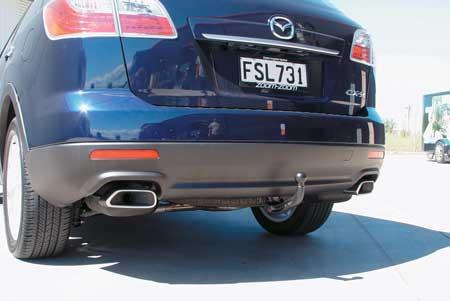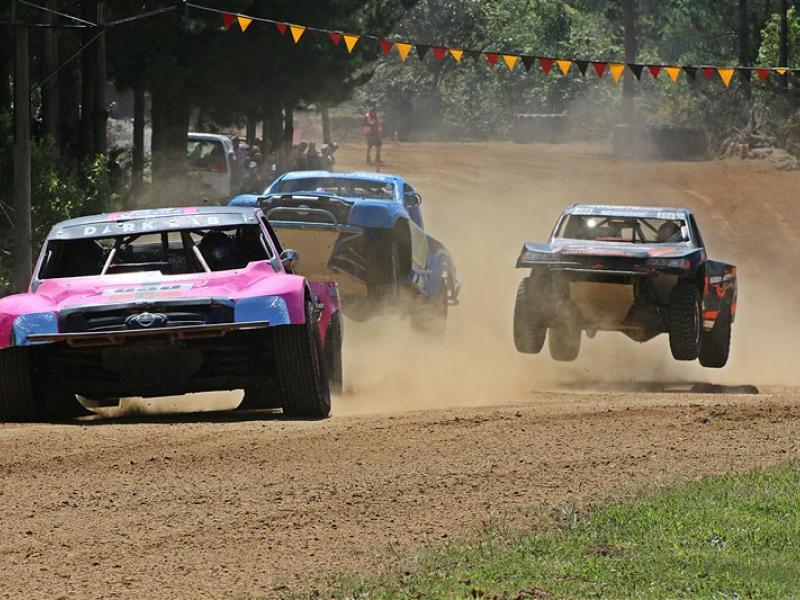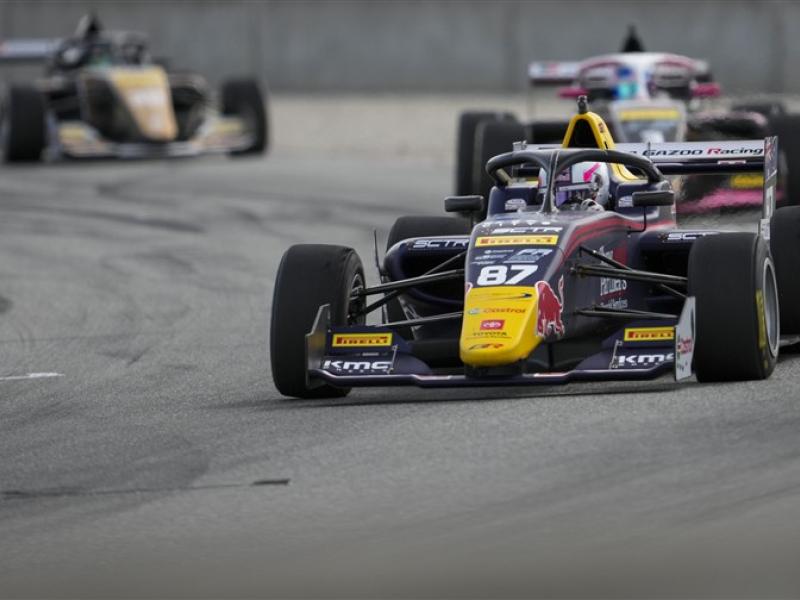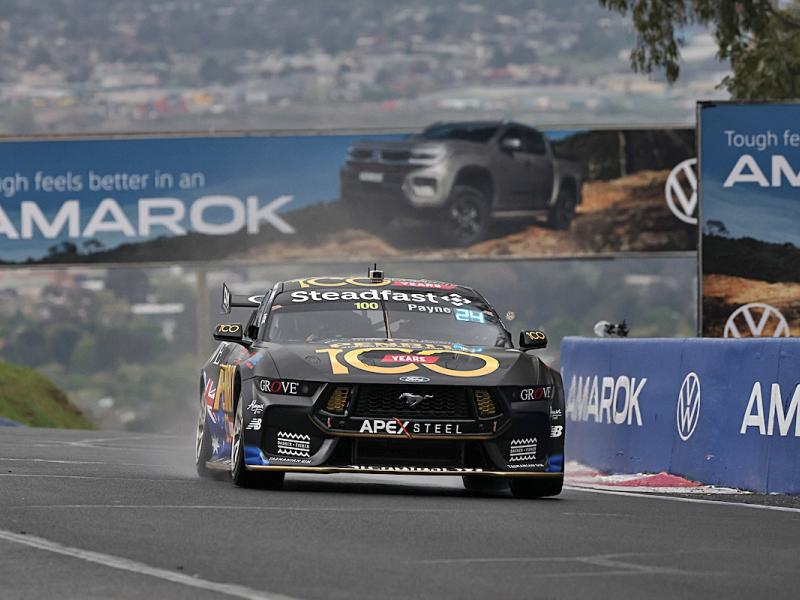| A Tauranga factory has partnered with the world’s largest manufacturer of tow equipment to combine European levels of safety and manufacturing excellence with New Zealand innovation. It’s a success story for Stuart Terrell and Henk De Kock, who bought Starck Industries with the aim of producing tow equipment that would work seamlessly with today’s increasingly complex automotive technology, and supply cargo solutions for a wide range of cars, right down to the compact vehicles which is becoming increasingly common as fuel price rises bite. They soon realised they needed a close link with car manufacturers and rigorous testing on a scale hard to replicate here, so they forged a partnership with Westfalia Automotive GmbH. Its close relationship with manufacturers as diverse as Ford and Mercedes and its world-class testing facilities are vital to the standards Terrell and De Kock have set themselves. Best practice says the under-car beam must match and attach to the body structure to manufacturer specifications, clearing fuel tanks and bumpers and reacting in a specific, predictable way in an impact – often via cast-in shaping that causes the beam to mirror the car’s crumple zones. Westfalia has the required info-sharing links with 32 OEM, though the partnership can conduct its own testing if information isn’t forthcoming for a specific model. Knowledge flows both ways says De Kock, with Starck coming up with design concepts – like its hybrid receiver-style tow bar, and a carrier system designed to fit cars without tow bars – and either building and testing prototypes over here, or sending concepts to Europe for development and testing. De Kock says traditional ‘she’ll be right’ attitudes no longer have a place in towing. Some after-market systems don’t attach to the manufacturer-specified attachment points, and many don’t take safety features into account when designing beams and brackets. Not to mention today’s complex electronics. De Kock says Starck-Westfalia systems ‘talk’ to the car, so features like stability control work with the altered weight of a trailer or load. “Electrical designs are done in-house at Westfalia,” he says, “in conjunction with Bosch, Hella and the OEM.” That does mean in some cases the vehicle has to be reprogrammed to accommodate the tow bar system, but also means that trailer lights won’t fry the wiring, and the car’s carefully calibrated safety systems won’t be thrown out by adding a non-complying tow set-up. Clearly Westaflia Automotive GmbH has been impressed with Starck’s best-practice approach, and the two companies have now combined under the name Westfalia-Automotive Asia-Pacific Ltd, with New Zealand established as the manufacturing base for down-under markets. |
A new factory opens in July to expand production and export further afield than today’s Australian and Pacific Island markets, while negotiations with local distributors are likely to see more follow Europe to approve the Westfalia system for sale through their dealer networks.
|






